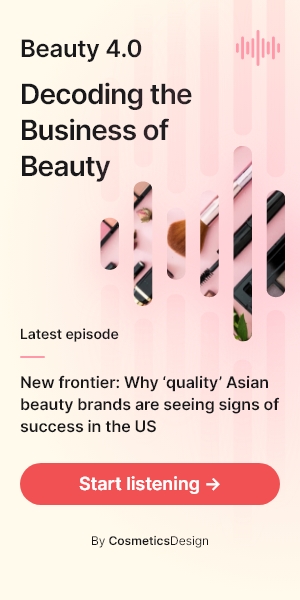German scientists find ‘first direct evidence' odorant cells exist in the skin

The research, published in the latest issue of the Journal of Investigative Dermatology, strengthens prior findings that that these receptors are also present all over the body, not just the nose.
Lead author Peter Schieberle and his fellow scientists discovered that the skin, heart, blood and lungs all possess olfactory receptors and only a tiny amount are actually used in the nose, contrary to popular belief.
This discovery has led to scientific advancements from teams like Daniela Busse's at the Ruhr-University in Bochum whose work included uncovering five types of olfactory receptors in the epidermis, and duplicating one of them.
Taking a closer look at the function of the epidermis
Busse's researchers found that sandalore, a synthetic molecule that smells like sandalwood, triggers cloned smeller cells in the skin, which dramatically amplifies the production and migration of cells, a characteristic process of wound healing.
Although the scientists are not clear as to why the synthetic sandalwood was so effective, they are of the belief that it may have somehow made interaction between the predominant human skin cells and nerve cells easier.
"The development of synthetic sandalwood molecules has led to a series of substitutes that are often used in cosmetics, deodorants and perfumes because the essential sandalwood oil obtained from the East Asian sandalwood tree is quite rare and is therefore an expensive substance," Busse explains.
Speaking of sandalwood..
TFS Corporation, an Australian sandalwood supplier recently revealed it is expecting to export over a billion dollars per annum of oil, predominantly to Europe in areas of fragrance and cosmetics companies.
Other profitable markets for the oil that can be used in acne treatments include North America, China, and India which are expected to generate exports of $1 billion over the next decade.
Overseas is bringing the most opportunity for TFS, with the oil going for $5000 per kilogram.






















